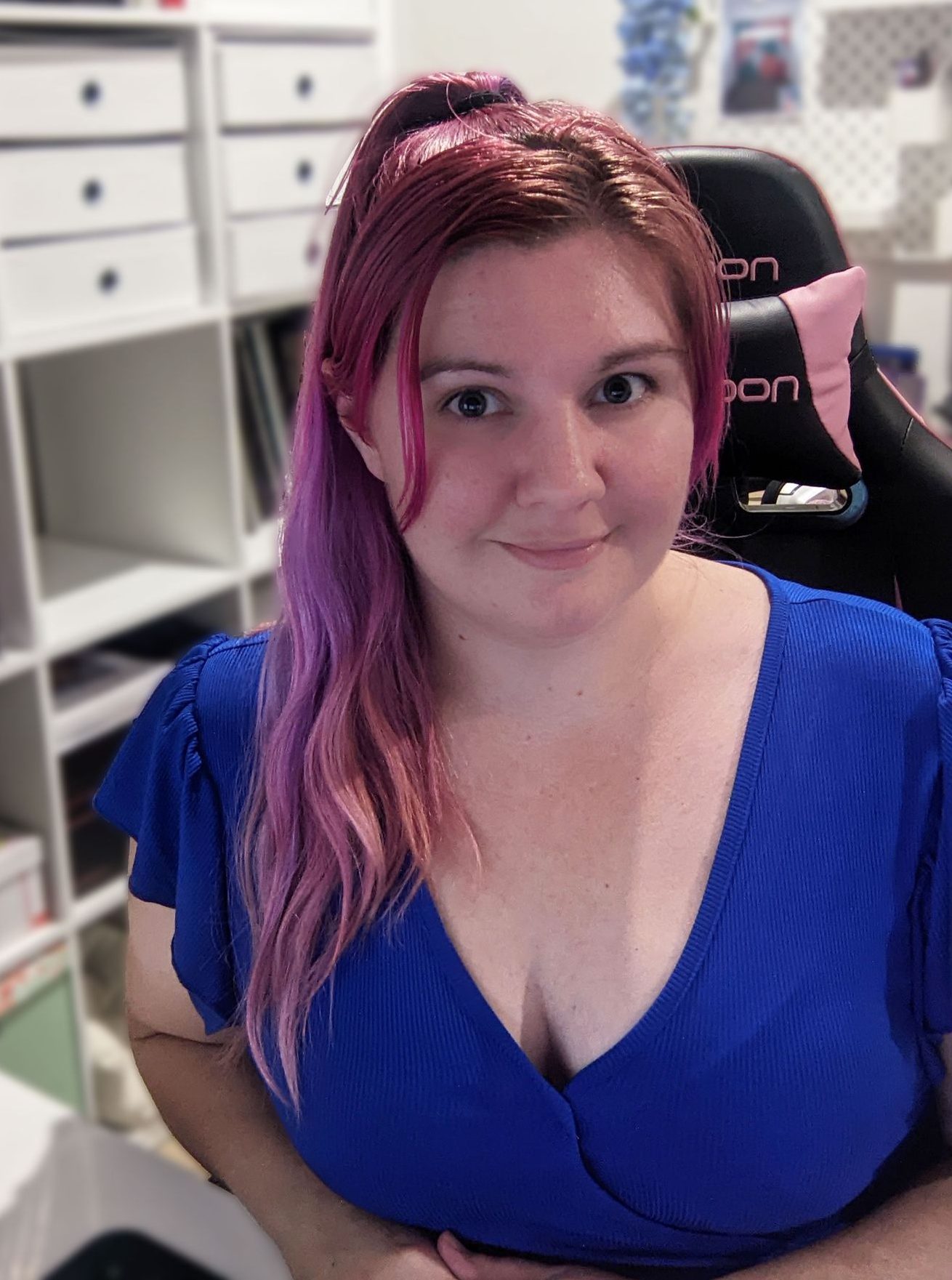If you’re just starting out your business and working with limited funds, Canva is one of those free online design tools that is incredibly easy to use and can produce some pretty great designs. We’ve created a handy guide to show you how to set up and supply your own artwork for us to print. Note the difference between creating your own artwork and having a professional graphic designer do it can be startling and we suggest you check out why that is here.
1. Keep an Eye on the Size
After you’ve signed in to Canva, click the Create a design button and enter in your custom dimensions. Canva will allow you to do this in pixels, inches, millimetres, or centimetres. (Here at Vanguard, all of our sizes are measured in millimetres.)
Keep in mind that your file should include bleed. Bleed is your background colour, pattern, or image that extends 2mm beyond the finish size. You need to include bleed to ensure that your entire background is printed and does not get cut off. To check your artwork includes bleed head to the top menu bar, select File and tick Show Print Bleed.
2. Use High-Resolution Images
Files, including any images, need to be at least 300 dpi to print clearly, otherwise images may appear bit mapped, fuzzy, distorted or pixilated. Most images found on the Internet are 72 dpi and are generally not suitable for professional printing. You can check resolution right from your computer by following these steps:
> How to Check Resolution On a PC
- Right click the image you want to use, then select “Properties” from the drop-down menu.
- A new window will pop up. Go to the “Details” tab to check the image’s Horizontal/Vertical resolution and more.
> How to Check Resolution On a Mac
- Right click the image you want to use, then select “Get Info” from the drop-down menu.
- A new window will pop up. Go to the “More Info” tab to check the image’s dimensions. Larger dimensions generally yield higher resolution images, so if you have to scale anything down to fit on your label, you won’t lose any clarity.
3. Convert from RGB to CMYK

Since Canva is an online design tool, the designs are created in only RGB color mode (screen). The good news is that you can easily convert your designs to CMYK by using an online CMYK conversion tool before submitting them to us, this way you can check for any colour or formatting shifts that result from the switch. Alternatively we can also convert your files from RGB to CMYK for a small fee and reproof you to check you are happy with everything.
4. Keep it Vector
In design terms, vector refers to elements that have been created with straight lines, such as text and shapes. Vector designs will print much clearer than images and can be scaled with no issues across templates. When designing in Canva, make sure to keep those vector elements intact (you can still change colours to your heart’s content). When you’re ready to download your master piece, make sure to download as a Print PDF to preserve those vector elements.
Give Us a Heads Up
The easiest way to ensure that we’re providing the best service to you is to give us a heads up. Let us know you’re working in Canva when you send us your design so we know what to check for in the PrePress department.

Studio Manager at Vanguard Visual.
Style: Creative & Colourful.
Interest: Marketing, Advertising, UI & Visual Identity.





